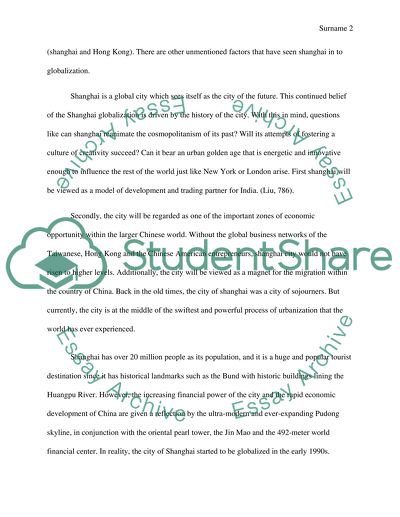Cite this document
(“Research/analyze the contemporary globalization of one place Research Paper”, n.d.)
Research/analyze the contemporary globalization of one place Research Paper. Retrieved from https://studentshare.org/geography/1632748-researchanalyze-the-contemporary-globalization-of-one-place
Research/analyze the contemporary globalization of one place Research Paper. Retrieved from https://studentshare.org/geography/1632748-researchanalyze-the-contemporary-globalization-of-one-place
(Research/Analyze the Contemporary Globalization of One Place Research Paper)
Research/Analyze the Contemporary Globalization of One Place Research Paper. https://studentshare.org/geography/1632748-researchanalyze-the-contemporary-globalization-of-one-place.
Research/Analyze the Contemporary Globalization of One Place Research Paper. https://studentshare.org/geography/1632748-researchanalyze-the-contemporary-globalization-of-one-place.
“Research/Analyze the Contemporary Globalization of One Place Research Paper”, n.d. https://studentshare.org/geography/1632748-researchanalyze-the-contemporary-globalization-of-one-place.


